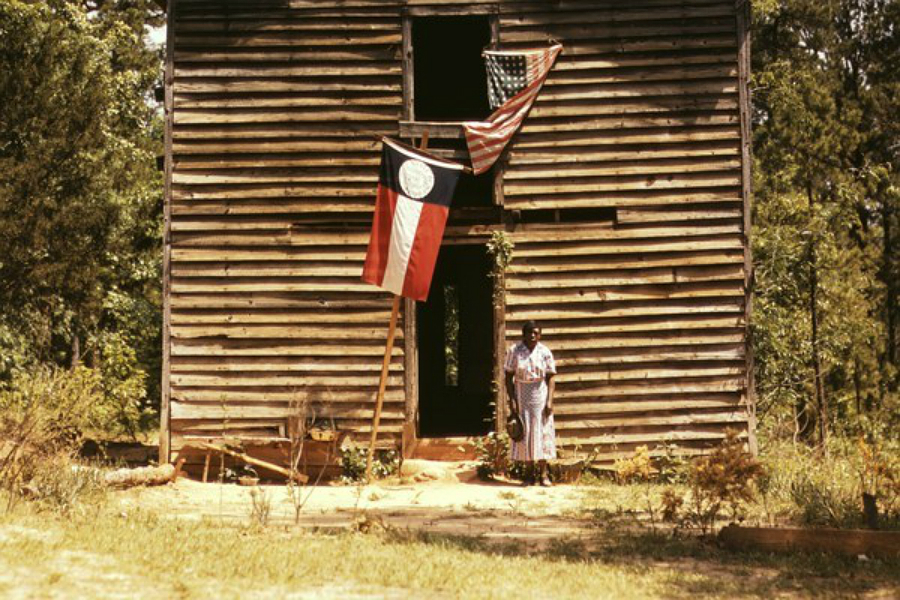All We Have is Now

Two works at the Bluecoat move C James Fagan to contemplate time, its passage and how we cling to it…
How do you capture a moment, or catch the passing of time? Which second truly defines the many sensations that form your experience of that moment? You can argue that the majority of art deals with the slippery perceptions of time. On one level we understand that time is an abstract concept, there is no Tuesday, there is no tomorrow they are simply semiotic necessities which aid commutation.
On another level we also recognise that things change; that the leaves turn golden, the sun moves across the sky and as much as we might disagree with it, we age. This sense of the passage of time is remarkably expressed in the second part of Virginia Woolf’s novel ‘To the Lighthouse’, where the narrative switches to the point of view of the Ramsey’s holiday home. The house, abandoned by the family, evokes the process: it gathers dust and paper yellows. This is paralleled by the quicker time of its former inhabitants whose lives crash through deaths and war. Human time is barely perceived by the house.
I’m prompted to think about this passage of time by two works currently on display at the Bluecoat. The works touch on all of these notions: time and its passage, not directly perhaps, but it seems to be part of their DNA.
Starting with John Akomfrah’s The Unfinished Conversation, which focuses on the academic Stuart Hall. In part this is a documentary about Hall, or at least a documentary collage, seeing as it employs radio, film clips and newsreels to form the context in which an individual’s memories were created. This footage brings with it so many connotations, somewhere in the grain of the film, in the fuzz of low-resolution of a TV recording; there is an element which tells us that this is the past, as much as the actual people and landscape within that footage.
If this was music I would start talking about Hauntology, music which evokes a past which may have not existed. What this use of footage also indicates is to what extent media dictates our memories. We now have a shared simulation for all of us to reference and use to shape our own identities, in a sense we have a bank of cultural stock footage in which to edit our experiences with.
The passage of time also manifests itself in Sun Xun’s Ancient Film. The delicately drawn landscapes speak of geological time over eons – the growing of a mountain is something we can never witness within our lifespan. Through this, you as viewer gain a sense of the sublime, in its traditional meaning. That being the feeling of the human-being overwhelmed by something bigger then ourselves.
In this case, time. A sensation emphasised by the drawing of waves which form a backdrop to the landscapes. In turn they add another layer in the perception of time, for they are individual frames of an animation. This seems to point towards a need or a want to be able to hold and control time.
I can’t help but make another literary connection, this idea of artists attempting to hold a moment reminds me of one of the stories in Alan Lightman’s novella Einstein’s Dreams. In the story people try to catch a Nightingale in order to stop time to gain immortality. Is an idea of art bestowing a kind of ‘immortality’ on the artist still relevant? It seems to belong to another era, of Pollock and Picasso. Do contemporary artists think about the future of their own works? Maybe that’s a question for another day.
I understand what I’ve written isn’t the main expression of the two piece’s I’ve spoken about, but it is my reading of them. This slightly more philosophical reading of these works might have been a response to the philosophical nature of The Unfinished Conversation. As I said at the beginning of this article, art can be seen as an attempt to capture a moment. Sounds corny I know but a moment can be intellectual, emotional, historical or some vague sensation.
Thinking about these two works in this way makes me approach the other works similarly. For example, what is Dora Garica’s Outside but a collection of moments of the citizens of Liverpool? Could we consider Jakob Kolding’s collages as images of fictional moments, of time that never where?
I may be stretching a point when I apply this idea to Dan Grahams’s piece, but when you look at a reflection of yourself, are you looking at your present or past self? Especially when you consider the time it takes the light to bounce between the glass and your eyes. Ideas of time and perception are better reflected in Graham’s Present Continuous Past.
In one form or another notions of time appear in or through different artworks. Time is complex, as it is interlinked with history and memory; it’s an inescapable element of everybody’s life. In a sense we are guests in time’s journey, swept up in its stream.
C James Fagan





